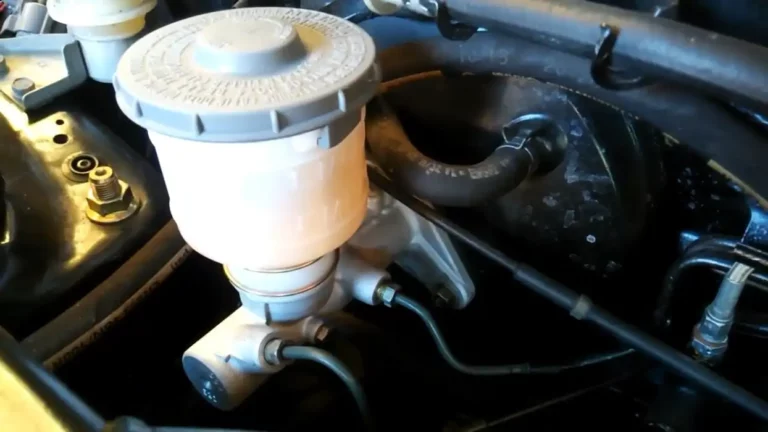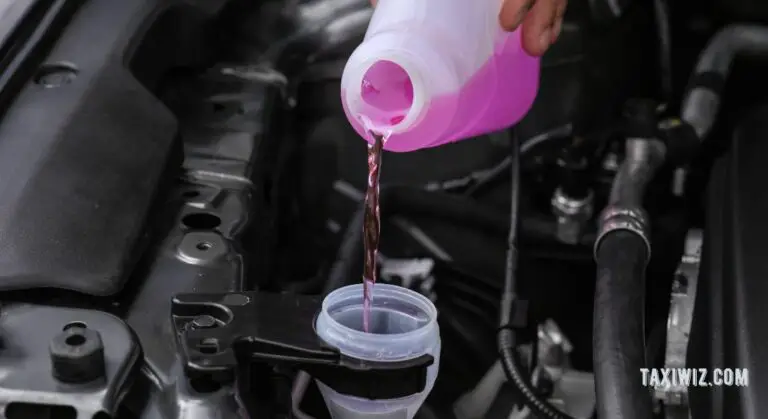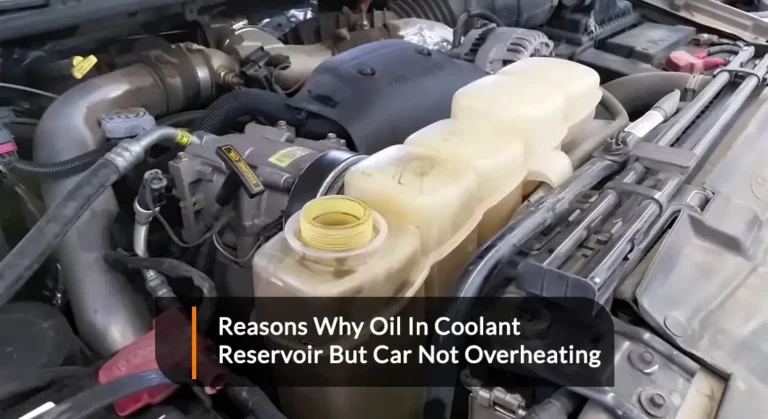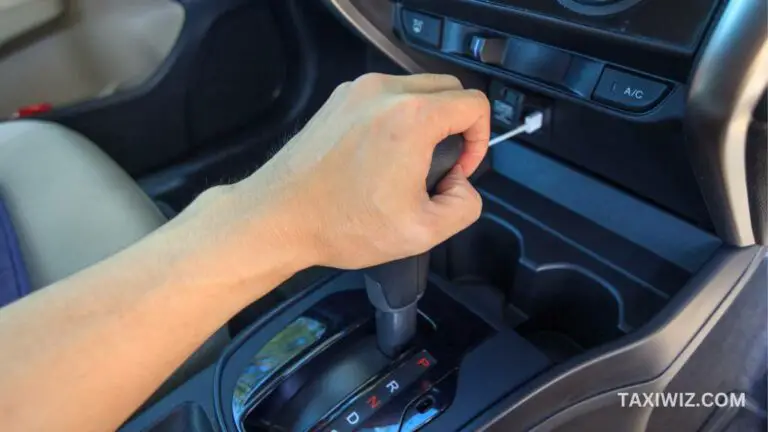Cylinder 2 Misfire After Spark Plug Change –[Causes & Fixes]
Ever go through the frustrating engine misfire after replacing those spark plugs done in hopes of a smoother ride?
You can permanently fix the cylinder 2 misfire by making sure the spark plug is properly seated, checking the ignition coil connections, and taking care of any potential fuel delivery problem.
In this article, you will be provided with a solution that will have your ride purring like a happy cat. So let’s crack open your toolbox, buckle up, and fix this cylinder 2 misfire after spark plug change!
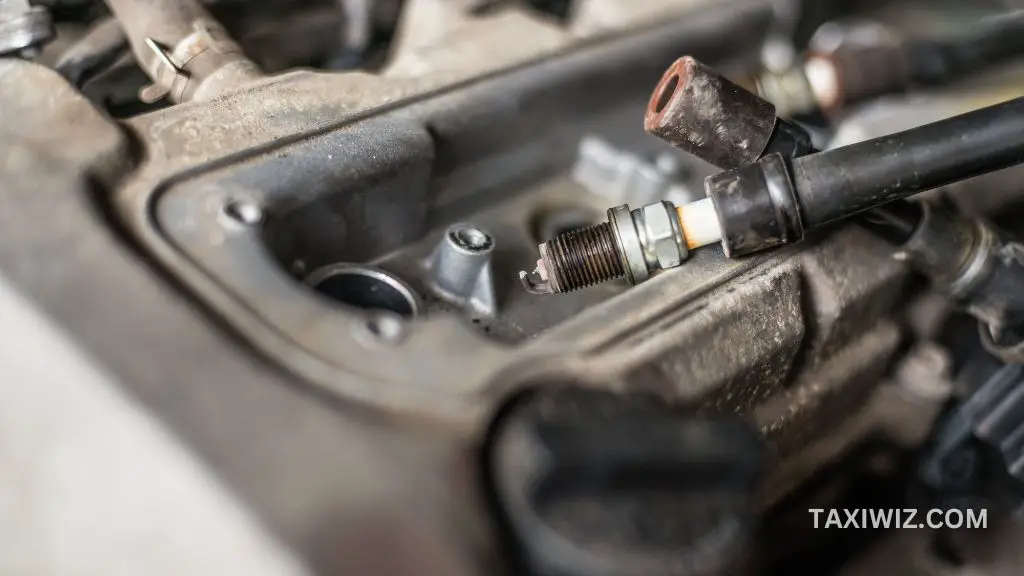
Cylinder 2 Misfire After Spark Plug Change – Quick Summary
Spark plug change is a common activity. Every car owner has to do it at some point. However, what should you do if you encounter a misfire in Cylinder 2 immediately after replacing the spark plug?
A misfire occurs when the air-fuel mixture in the cylinder fails to fire properly or doesn’t fire at all. This leads to rough idling, loss of power, and increased fuel consumption.
There are several potential causes for a Cylinder 2 misfire after a spark plug change.
- First, improper installation of the spark plug. Such as misalignment or incorrect torque can lead to misfires.
- Second, a faulty or damaged spark plug right out of the box, although rare, is a possibility.
- Third, issues with the ignition coil, responsible for generating the spark, can result in misfires if it’s malfunctioning or damaged.
- Fourth, faulty or loose wiring connections can cause cylinder 2 to misfire.
- Lastly, a clogged or malfunctioning fuel injector can be a cause. It causes an improper fuel mixture which leads to misfires.
These causes should be considered when fixing the issue to identify and resolve the Cylinder 2 misfire after a spark plug change.
How to Fix Your Cylinder 2 Misfire After Spark Plug Change?
Now that you know about cylinder 2 misfire after spark plug change on your car, let’s roll up our sleeves and get to work. Here’s how to fix it:
1. Bad Ignition Coil
Using a multimeter, measure the resistance of the ignition coil in Cylinder 2. Compare the readings to the manufacturer’s specifications (you can find it on a manual). If the resistance falls outside the recommended range, it indicates a faulty ignition coil.
A simple cheap trick you can do today is to move your #5 and #6 coil and/or plugs to the #1 and #2 cylinders. If you get misfire code on cylinders 1 or 2 then you will know it is a bad coil and/or plug. Now you can replace them accordingly.
Make sure the coil connectors are in completely. Also, ensure you have the coils plugged into the correct spark plugs
A Denso ignition coil can do the trick!
2. Misadjusted Gaping of the Spark Plug
The spark plugs are pre-gapped. But a minor bump on the top will change the gap. This happens often when people drop the plug into the hole
That’s why plug sockets usually have either magnet or rubber tip inside to hold the plug. You can check the gaping of the new spark plugs to make sure they are correct. An incorrect gap can lead to misfires.
Those wires tend to loosen up or pull out of the connector when handled.If necessary, remove the plug and reinstall it. Be cautious not to cross-thread it.
3. Carbon Build-Up on Spark Plug
Examine the spark plug for any signs of damage, such as oil or carbon deposits. If the plug appears damaged, replace it with a new one from a reputable brand.
4. Cleaning Grimy Fuel Injectors
Inspect the connector for the fuel injector on Cylinder 2 for dirt and clogging. This can cause cylinder 2 to misfire often.
You can run a fuel injector cleaner through the system to remove any potential clogs. If the misfire continues, a professional inspection and clean-up may be necessary. In some cases, injector replacement might be required.
5. Replacing Loose Connections
Inspect the wiring harness connected to Cylinder 2’s ignition coil. There may be any signs of damage, loose connections, or corrosion.
Repair or replace any faulty wiring as necessary to ensure a solid electrical connection.
6. Compression Test
Low cylinder compression can lead to misfires. Run a compression test on Cylinder 2 to check for any irregularities. If the compression is significantly lower than the manufacturer’s specifications, it indicates potential internal engine problems.
This may be a worn piston ring or a damaged valve. Consulting a professional mechanic is advisable for further diagnosis and repair.
7. Examine Intake and Exhaust Systems
A blocked or restricted intake or exhaust system can disrupt proper airflow. This causes misfires because of a lack of air on cylinder 2.
Inspect the air filter, throttle body, and exhaust components for any obstructions, debris, or damage. Clean or replace the air filter and address any issues found in the intake and exhaust systems.
8. Examine and Fix Oil Leaks
An oil leak affects the Cylinder 2’s spark plug. Common reasons include a faulty valve cover gasket, worn piston rings, a leaking cylinder head, etc.
Check the intake manifold for a damaged gasket, or maybe even something pinched between it near cylinder 2.
Depending on the severity of the leak, you may need to replace the faulty gasket or perform more extensive repairs. Consult a professional mechanic for guidance if needed.
Expert Insights – Tips and Tricks to Prevent Future Cylinder Misfires
To prevent future cylinder misfires, follow your vehicle’s maintenance manual. Use high-quality parts, ensure proper spark plug installation, address oil leaks promptly, and maintain a clean fuel system
Keep the engine cool. Overheating can cause engine damage and misfires. Maintain proper coolant levels and ensure the cooling system is in good condition.
Monitor fuel quality, pay attention to warning signs, and consult professionals when needed. Stay alert for rough idling, loss of power, or a check engine light. Ignoring these signs may lead to more severe issues.
These measures can reduce the risk of cylinder misfires and maintain optimal engine performance.
Cost of Fixing Cylinder 2 Misfire After Spark Plug Change
In general, the cost will depend on the underlying cause of the misfire and the specific repairs required. If the issue is due to a faulty spark plug or ignition coil, the cost may be relatively low, typically ranging from $50 to $200.
Common manufacturing parts may include the FCP Euro kit, Direct Ignition Coil Delphi and Spark Plug BOS-0242145515 Bosch.
If the misfire is caused by more complex issues (a damaged engine piston ring or an oil leak),the cost can increase significantly ($1,000 to $3,000 or even higher).
Cylinder 2 Misfire After Spark Plug Change- FAQs
1. Is cylinder misfire a common issue after spark plug replacement?
While it is not extremely common, cylinder 2 misfire can occur after spark plug replacement. Incorrect installation, incompatible spark plugs, damaged ignition components, or pre-existing issues may cause this.
2. How can I determine if cylinder 2 is misfiring after a spark plug replacement?
Symptoms such as rough idling, reduced engine performance, uneven power delivery, and possible check engine light illumination indicates the issue.
3. Can a faulty spark plug cause a cylinder misfire?
Yes, a faulty spark plug can cause a cylinder misfire.
4. What are the specific signs or symptoms of cylinder 2 misfire?
Specific signs of cylinder 2 misfire include rough idling, engine vibration, loss of power or acceleration, increased fuel consumption, and sometimes an illuminated check engine light.
5. What other components should be inspected along with the spark plugs for cylinder misfire issues?
It’s recommended to inspect the ignition coils, ignition wires or boots, fuel injectors, and the engine’s compression.

